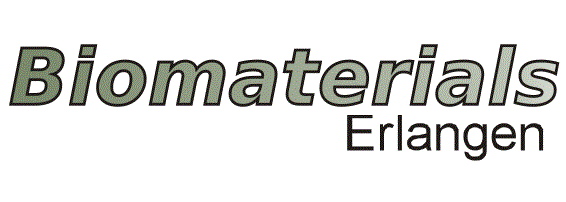Kerstin Wenzel
Kerstin Wenzel
Bachelorarbeit in Life Science Engineering
Development of phytotherapeutic melt-electrowriting scaffolds for wound healing
Betreuer*in: Dr. Irem Unalan, Prof. Aldo R. Boccaccini
Throughout history, natural herbal remedies have been crucial in treating various ailments, with cinnamon, in particular, possessing a range of beneficial biological functions such as anti-inflammatory and antioxidant properties [1]. Melt Electrowriting (MEW) is an innovative technology that employs high-voltage fields to create highly porous scaffolds from synthetic biodegradable polymers [2,3]. The main objective of this Bachelor’s thesis is to develop and assess natural compounds containing polymeric scaffolds for expediting wound healing using MEW. In this regard, this thesis will analyze the physical, mechanical, chemical, and biological properties of such MEW scaffolds for enhancing wound healing.
References:
[1] Unalan, I., Fuggerer, T., Slavik, B., Buettner, A., & Boccaccini, A. R. (2021). Antibacterial and antioxidant activity of cinnamon essential oil-laden 45S5 bioactive glass/soy protein composite scaffolds for the treatment of bone infections and oxidative stress. Materials Science and Engineering: C, 128, 112320.
[2] Dalton, P. D. (2017). Melt electrowriting with additive manufacturing principles. Current Opinion in Biomedical Engineering, 2, 49-57.
[3] Unalan, I., Occhipinti, I., Miola, M., Vernè, E., & Boccaccini, A. R. (2023) Development of Super‐Paramagnetic Iron Oxide Nanoparticle Coated Melt Electrowritten Scaffolds for Biomedical Applications. Macromolecular Bioscience, 2300397.

